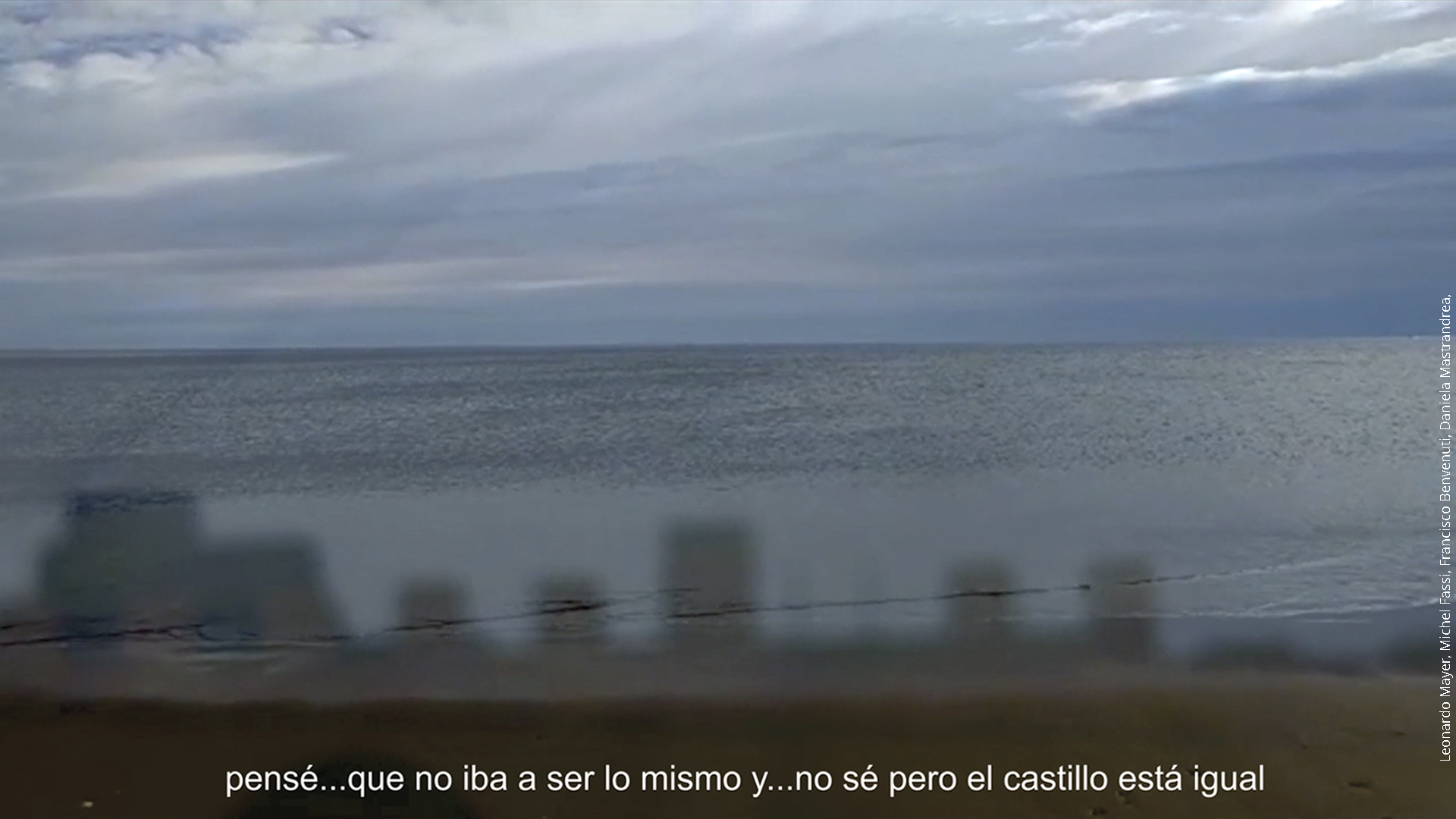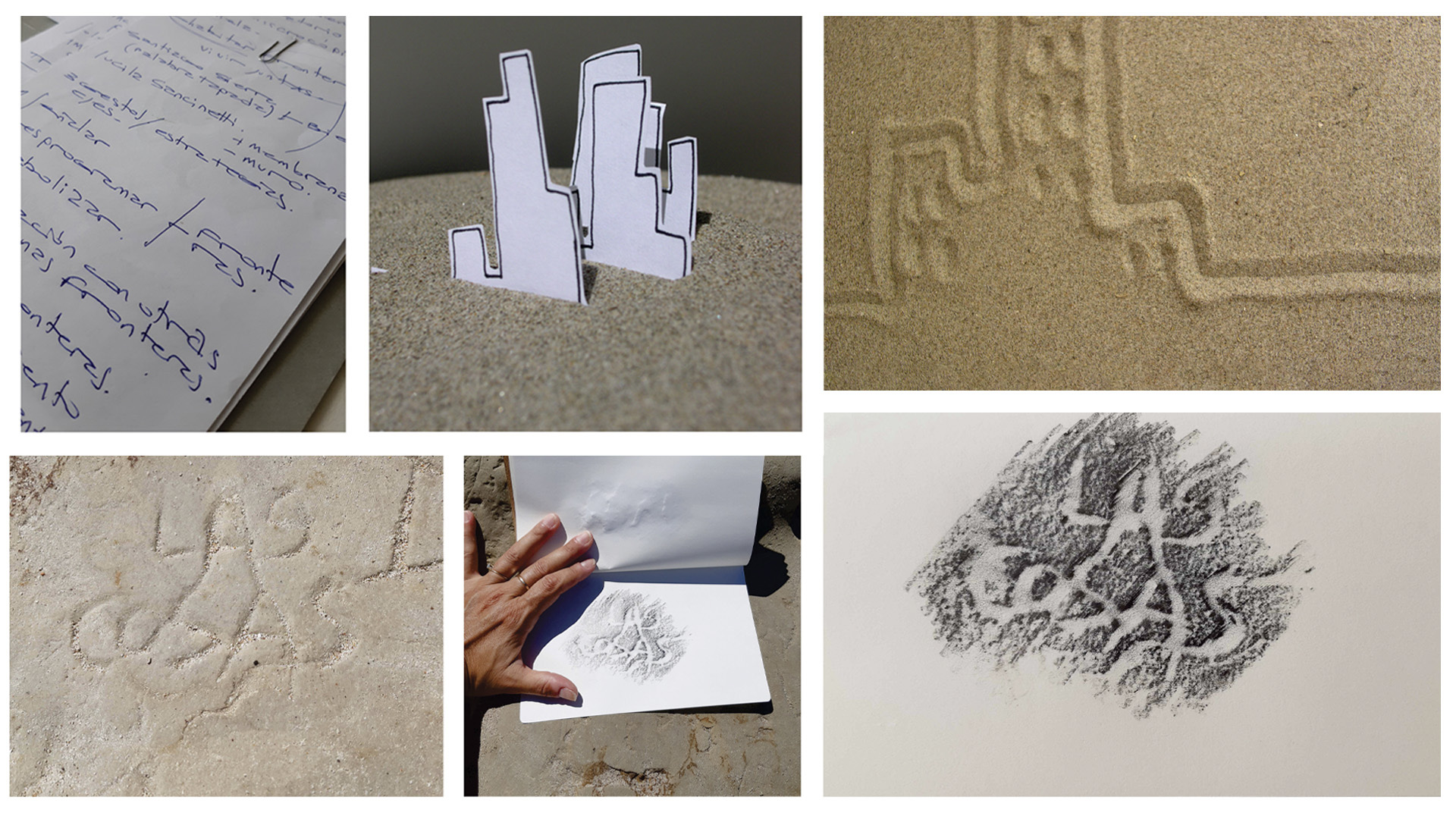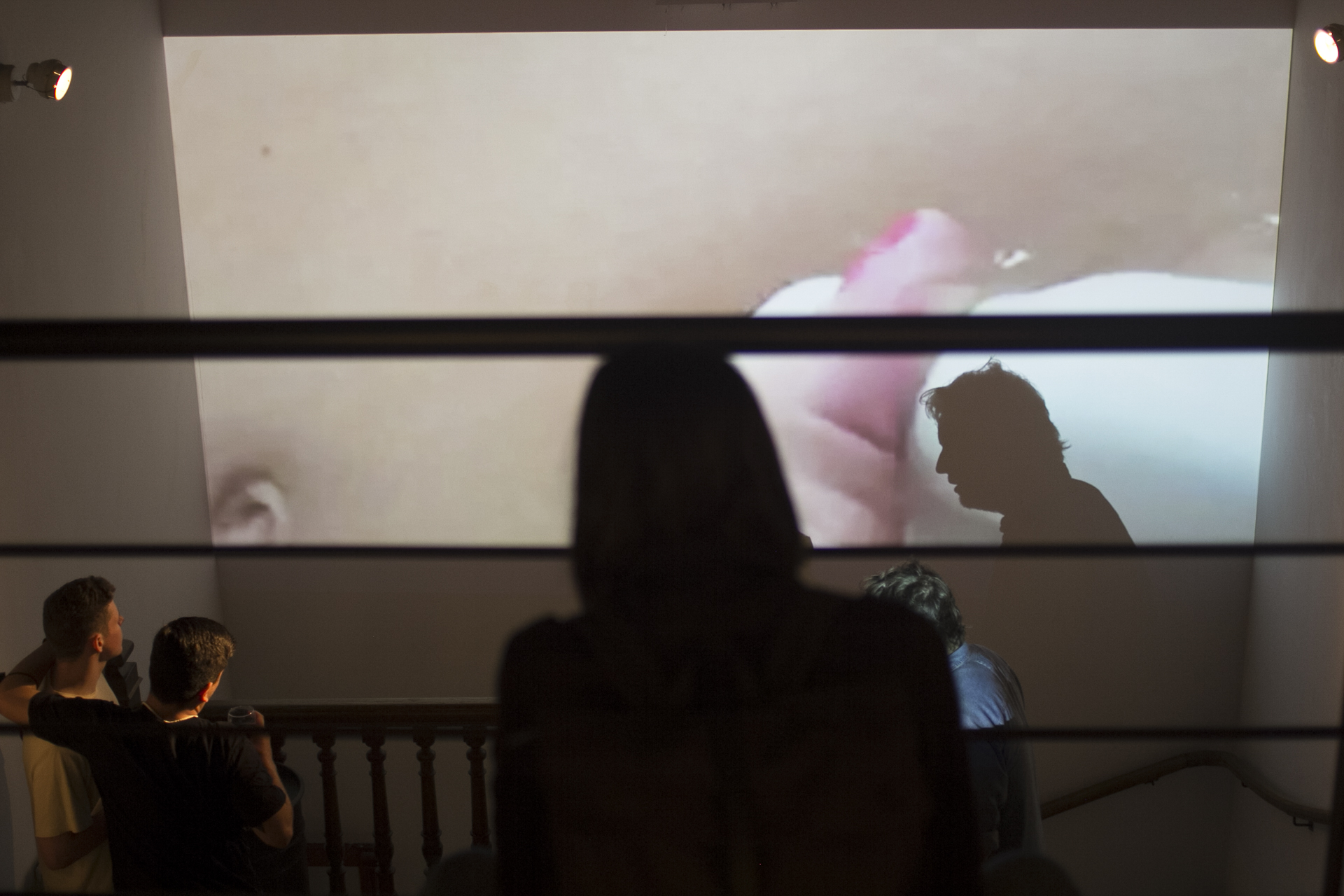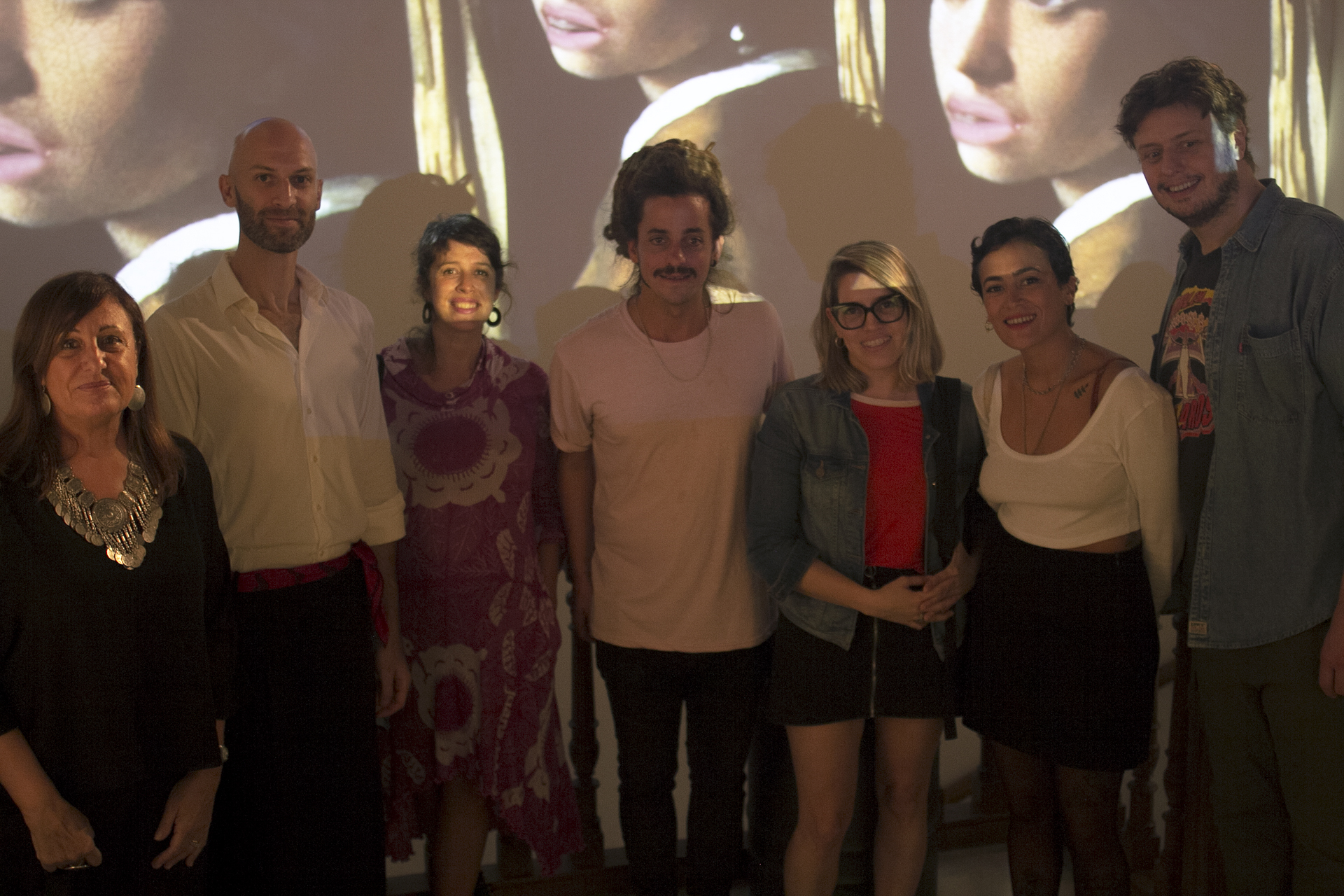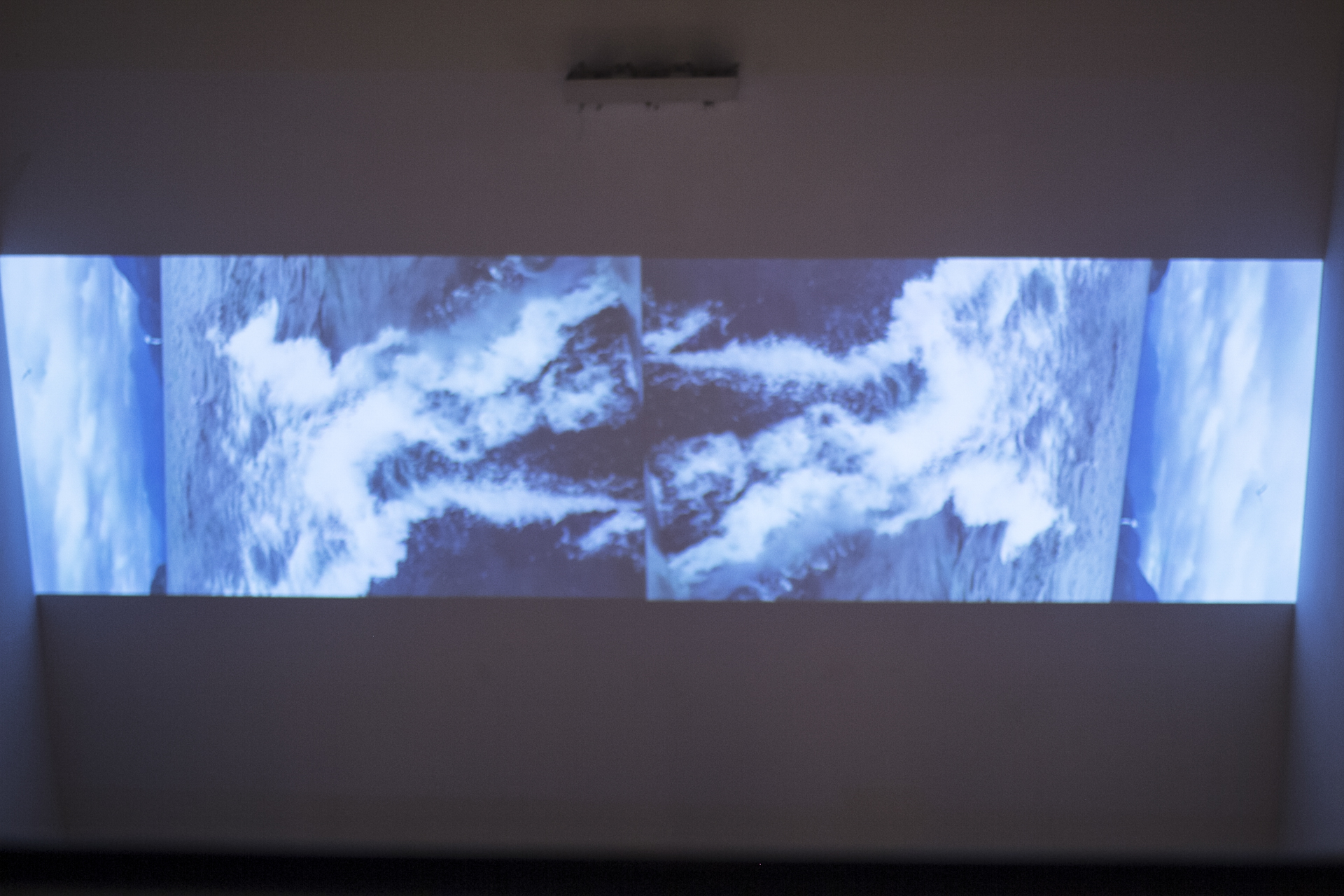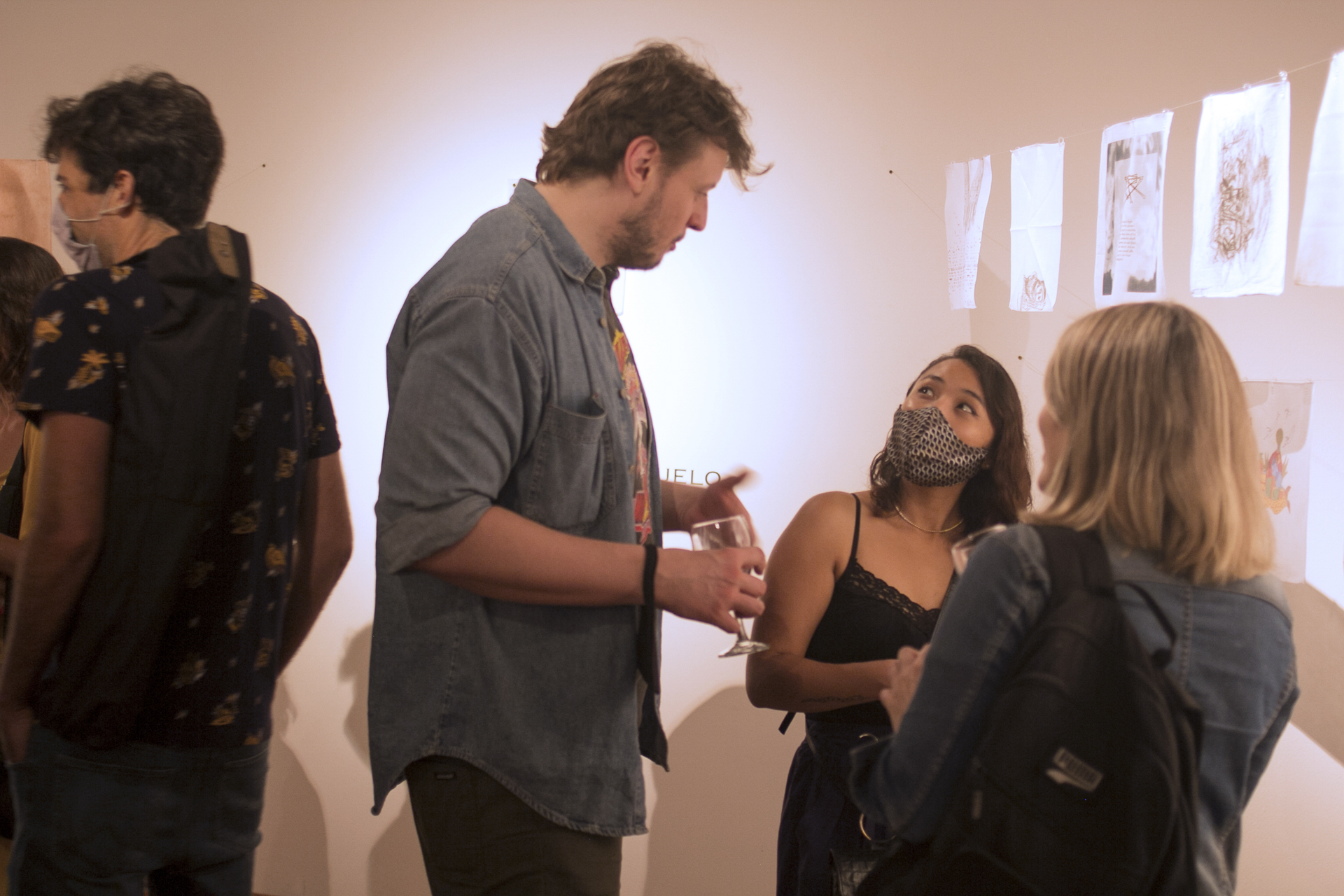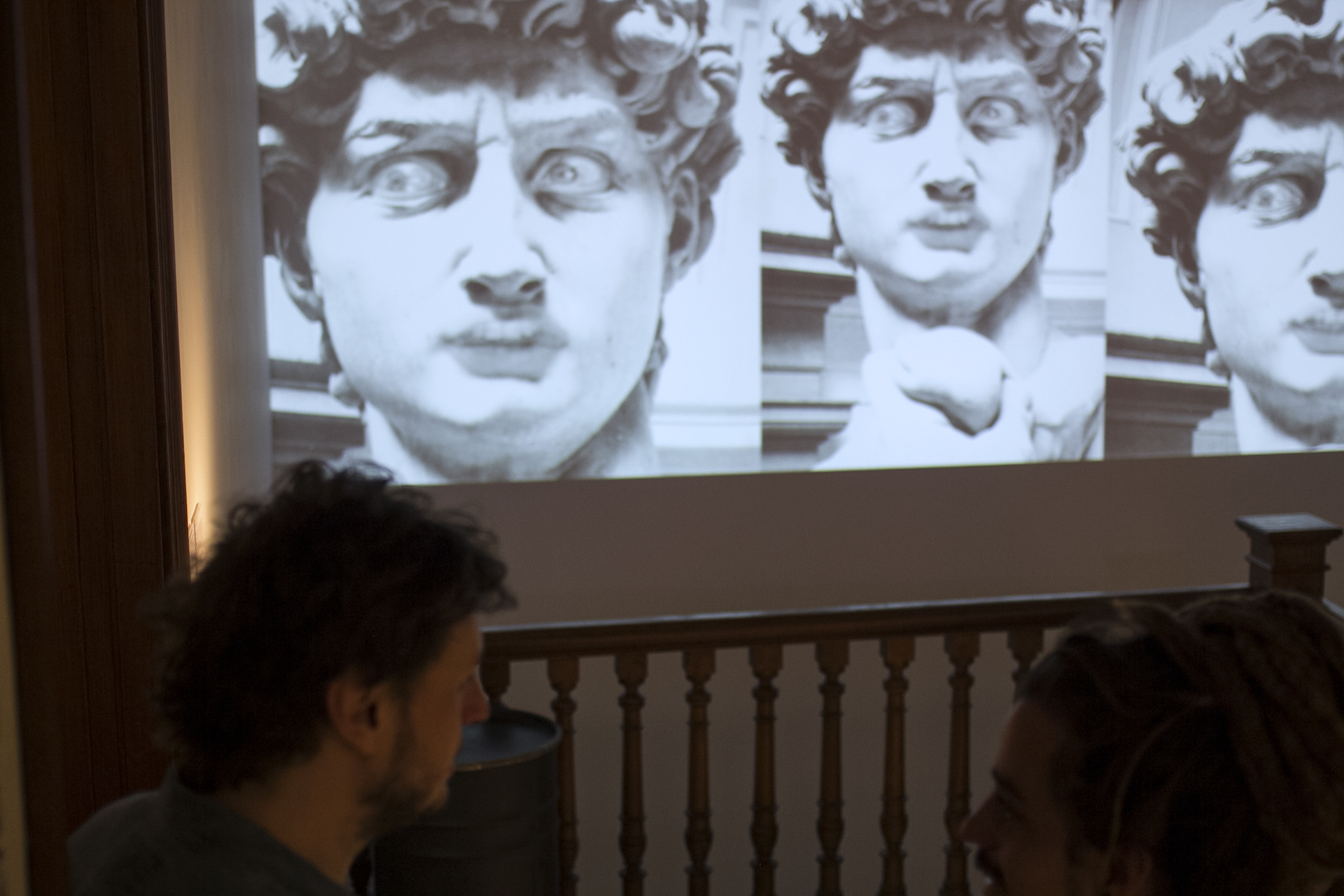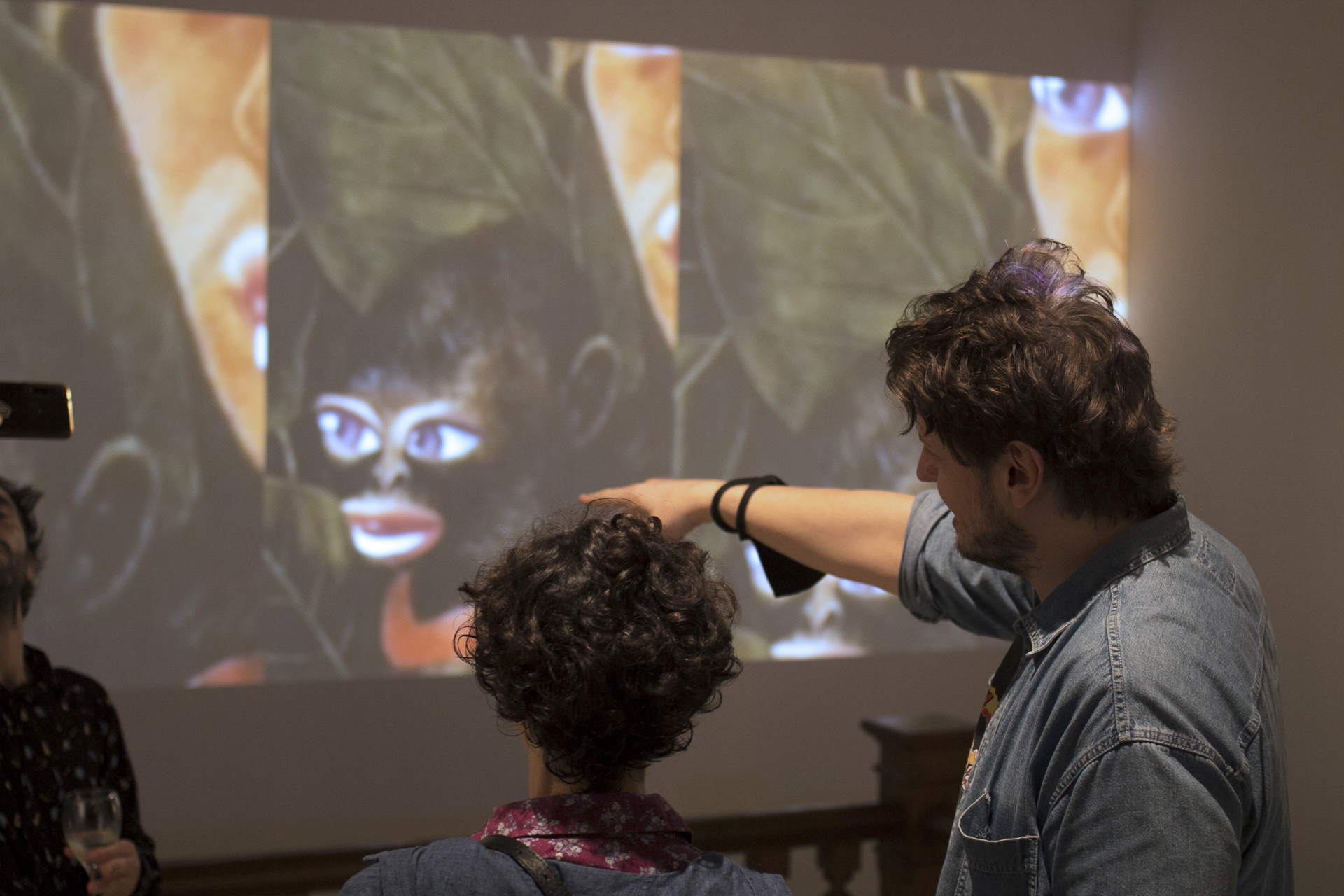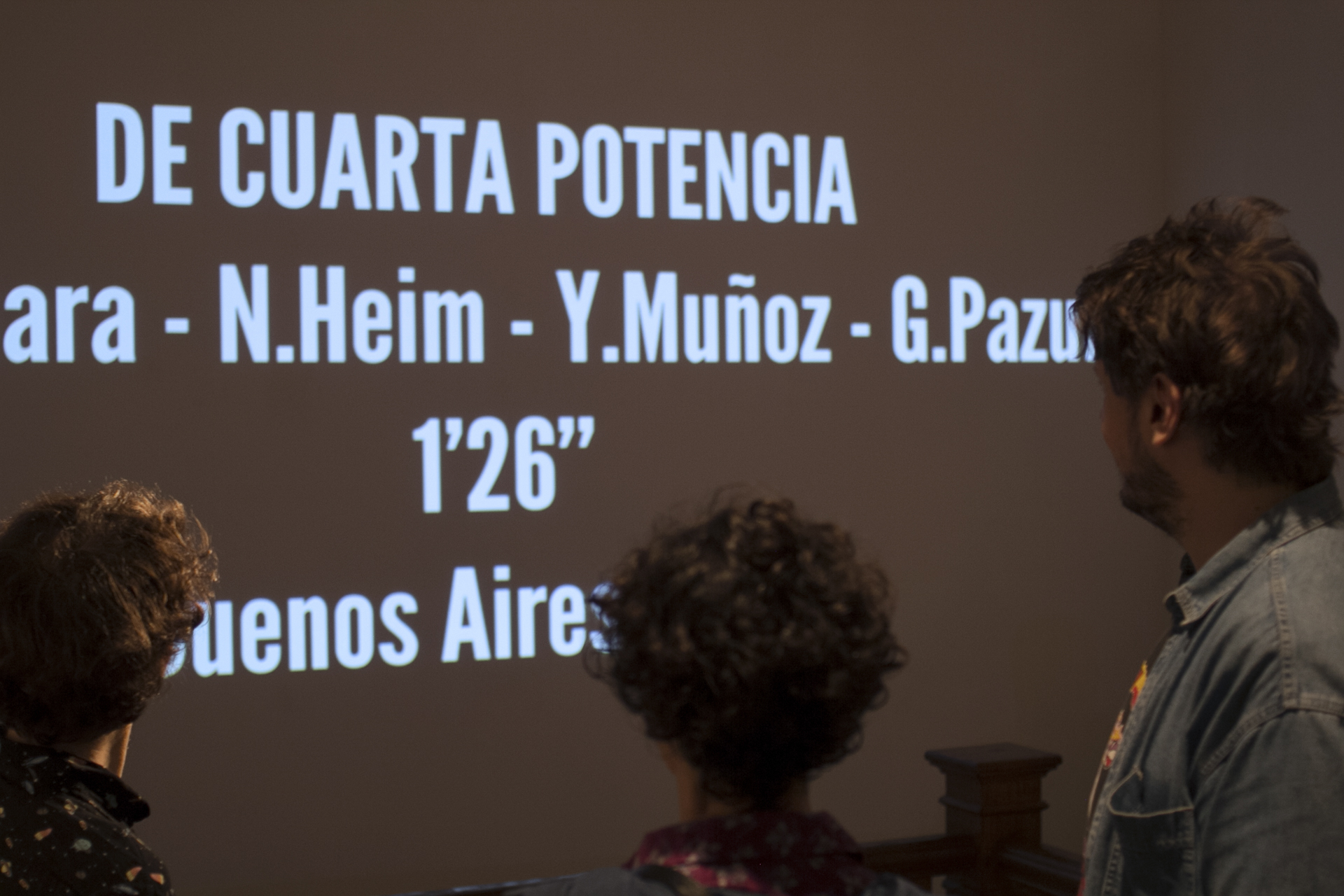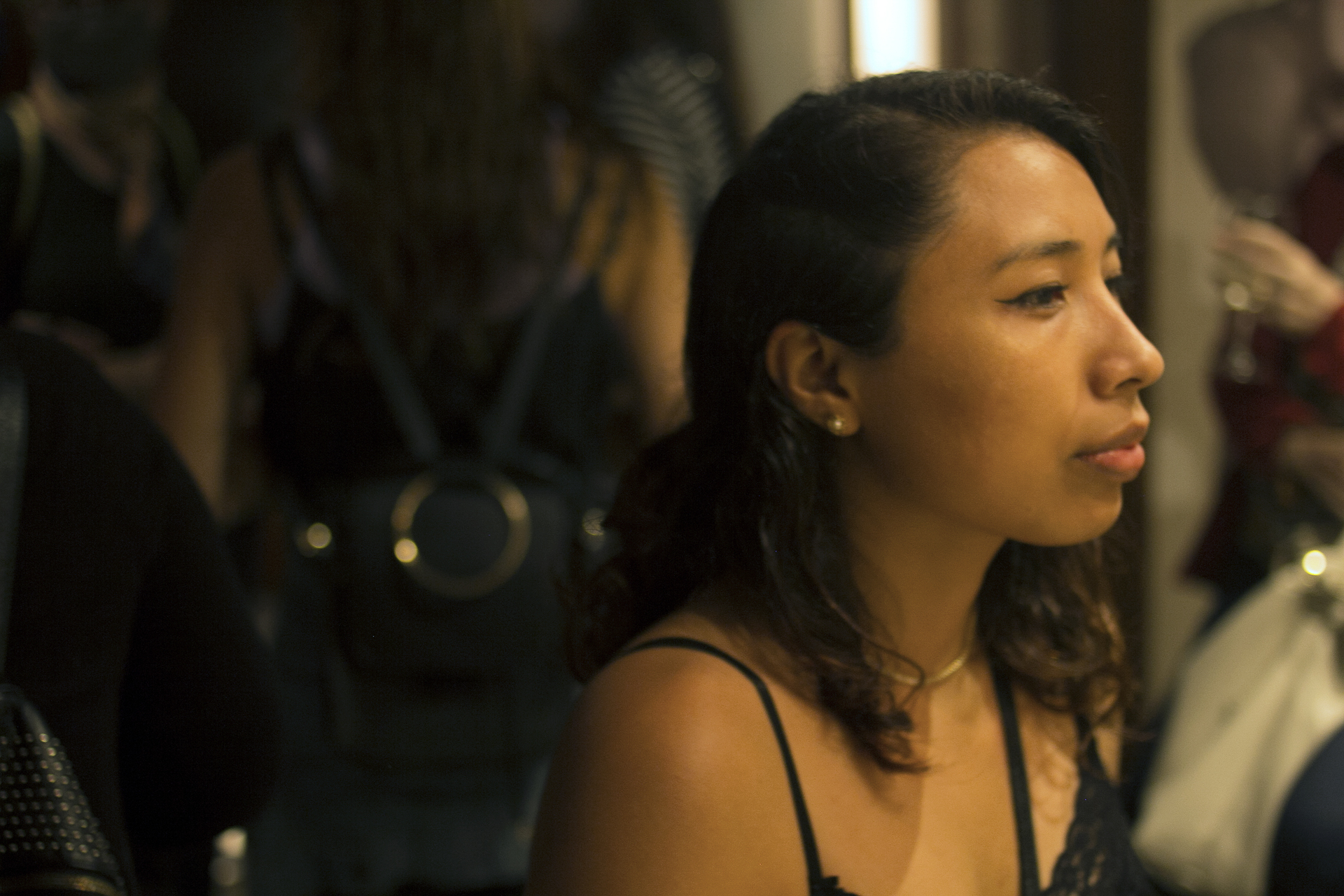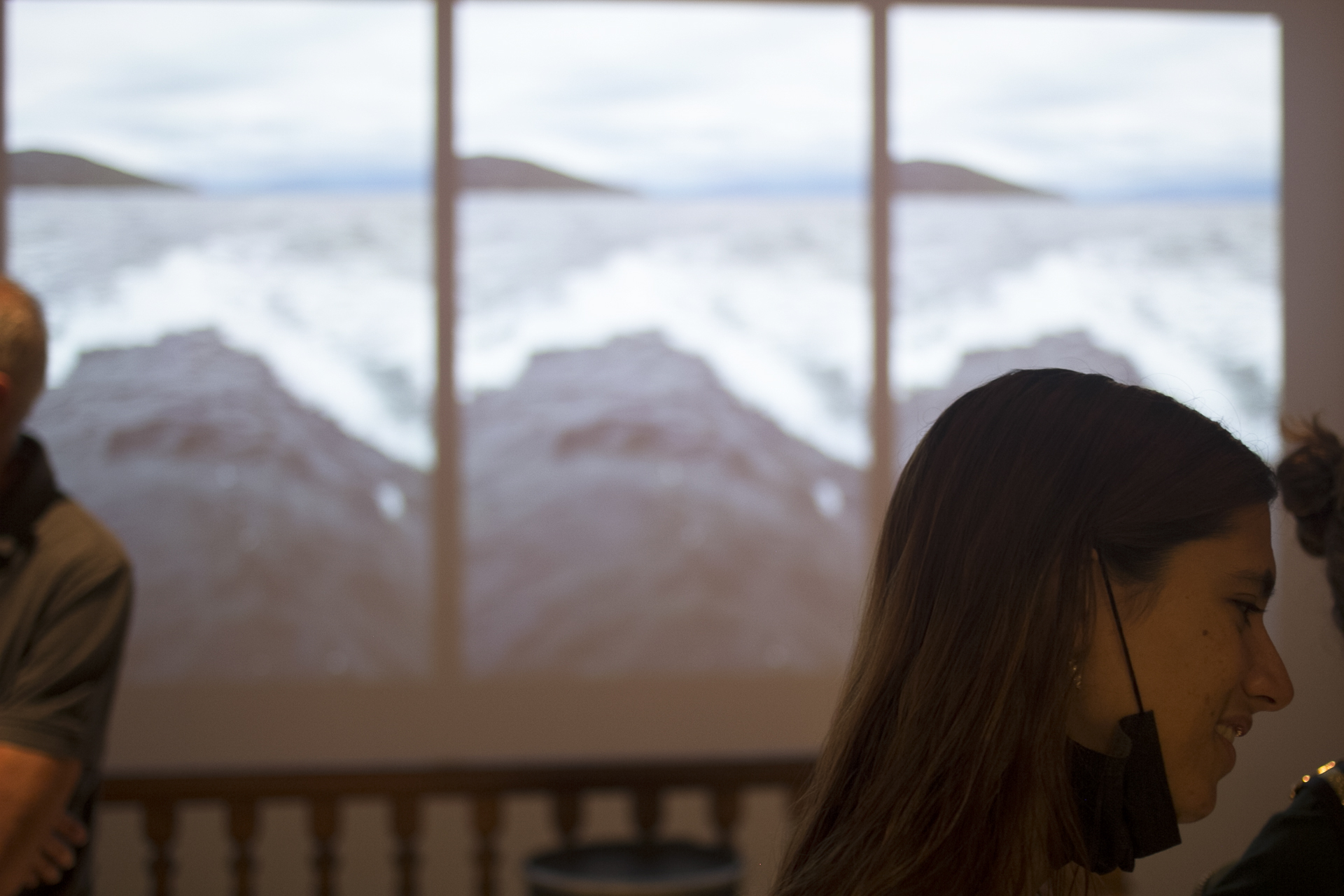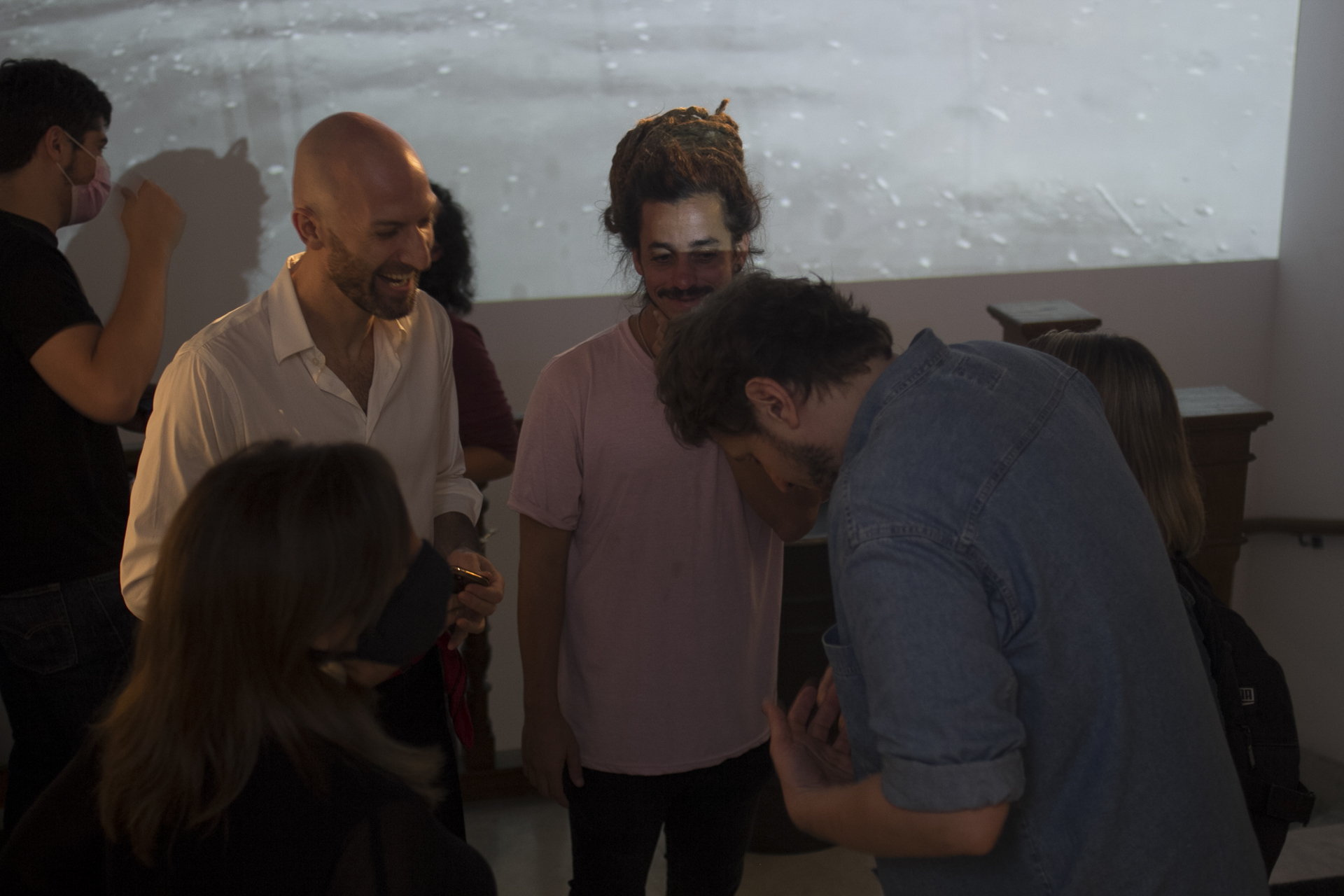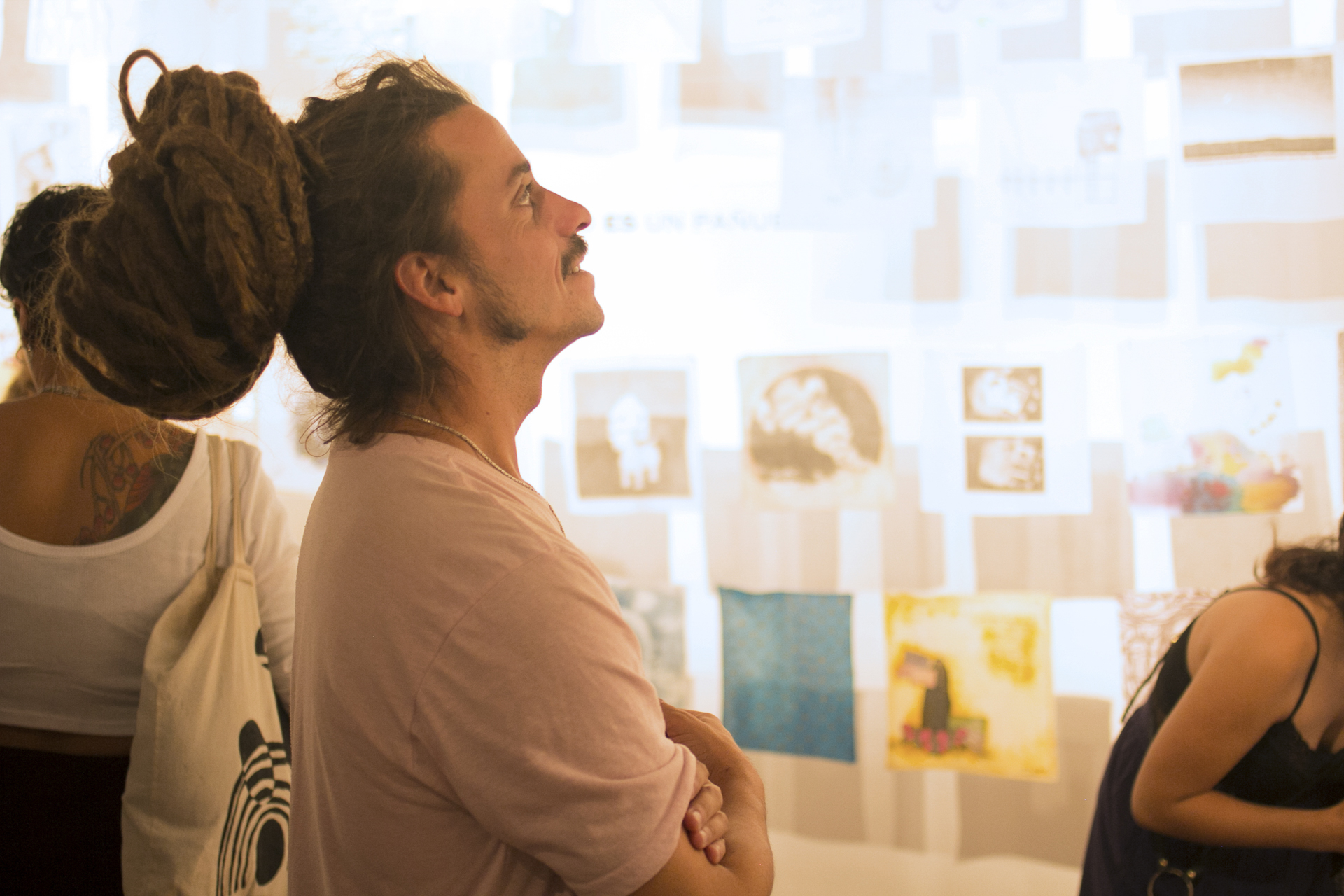Artists
Argentina
Daniela Mastrandrea
#7: Cohabitar Fronteras
03.02.22 03.03.22
Visual artist. Graduated as a Professor and Bachelor of Fine Arts from the Faculty of Arts, National University of La Plata. She is currently studying the Specialization in Production of Critical Texts and Media Dissemination of the Arts of the Critical Transdepartmental Area of Arts, National University of Art. Throughout her artistic work she investigates and inquires about experimental poetry, artist’s book, interventions in the territory and installations based on the experimentation and hybridization of graphic arts and drawing. Since 2008, she directs and edits the publication í? Visual poetry. During 2021, she was a selected artist at the 109th National Salon of Visual Arts, Drawing discipline, in the Palais de Glace, Buenos Aires, and selected artist at the II National Drawing Biennial, in Franklin Rawson Museum, San Juan, Argentina.
ARTIST´S STATEMENT
My artistic practice operates based on the interaction of what means “being in the world”, traces the experience of nature and a possible record of the production of poetic language on it that articulates with stories of memory blocks. It pass through and investigates the concepts of the daily life, the fragile and the ephemeral of it. Fundamentally, I am called by the experimentation of time, delay, displacement and ongoing transformation. Also the daily rituals, the bonding networks, the encounter as a collective and community poetic act.
ABOUT COHABITAR FRONTERAS
“Together Apart: Cohabitar Fronteras” and its peculiarities, especially being remote, allowed me to explore listening, making sound prevail. Therefore, in parallel to the collective work, I created scriptural records of sound transcription in fragmented media, which represent significant contributions to a personal archive that I call “organic archive” due to its constant transformation.
I emphasize two collaborative experiences based on the Border concept. The first “Cartography of the void” an essay on two perforated shores, with holes in the surfaces opening the possibility of interconnected portals that trace a new sensory cartography of border coexistence. The second, a set of “micro-stories” that took place from the phrase “where the map cuts, history intersects” (by Certeau). The stories are products of the route in geolocations selected by analog randomness close to where we live. The proposal sought to blur or collapse the limits between the familiar and the strange; routine and innovation.
BIO
Daniela Mastrandrea
1976 | Coronel Dorrego. Buenos Aires, Argentina.
Lives and works in Puerto Madryn, Chubut, Argentina
EXHIBITIONS
2022 | The Rampant Wall Hilbert Raum, Berlin, Germany.
2018 | La Palabra Vuela. OEI space. Buenos Aires. Argentina
2017 | Rte: National Library, Mexico 564 Bs As. Contemporary Art Space, Montevideo, Uruguay.
2016 | Poéticas Oblicuas. Modes of counterwriting and phonetic twists in experimental poetry (1956-2016), Osde Foundation, Buenos Aires. Argentina
2015 | Algo es Alga, texts by Matilde Marín, EcoCentro Puerto Madryn, Argentina
RESIDENCIES
| Nativo y Foráneo, Los Alerces National Park, Esquel, Chubut, Argentina
AWARDS
2017 | Accésit International Prize for Experimental Poetry. Badajoz Spain.
2013 | 2nd Engraving Prize 102nd National Hall of Visual Arts, Palais de Glace, Buenos Aires
2014/2012 | 3rd Drawing Prize, 1st and 2nd Patagonian Hall of Visual Arts, Neuquén
2012 | 1st Mention Award Dr. Bonifacio del Carril Engraving, Buenos Aires, Argentina
2010 | 2nd Federal Engraving Prize, Irene and Oscar Pécora Foundation, Buenos Aires, Argentina
Related Activities
Fellowships, Together Apart
#7 | COHABITING BORDERS: results
Artists in dialogue
23.03.22
From cohabiting to collapsing, and vice versa, those were the movements and actions that we proposed from ‘ace for the seventh edition of Together Apart. We chose the title Cohabiting Borders with the intention of exploring the complexities that occur in the exchange of living together, and because we understand the meeting format of this program as an exercise in itself of cohabitation of a frontier: the border between our online and offline existence.
For this collective research, we also defined three axes that helped us review some possible strategies for cohabiting borders, these were: pointing frontiers, deprogramming frontiers, and metabolizing frontiers.
In this way, we were also able to observe different types of borders that contemporary artistic practices explore, from geopolitical, climatic, and technological borders, as well as the borders between forms of knowledge and methods of linking with the world.
The participating artists designed collaborative dynamics based on their areas and disciplines of knowledge but above all, opening themselves to the encounter with the experience of the other(s). In this way, great relevance was given to the exchange and the works generated from the reflection on the possible points of articulation between artists from very varied contexts.
In tune with the online environment of the program, many artists used that condition of “being connected” as an object and means of research, development and presentation of their works. They used streaming platforms such as Twitch and social media visual resources (Instagram filters) or video games. Also, several of Google's tools were used. In some cases these were useful to observe photographic records of artificially generated borders between countries (Google Street View) and in others, the artists resorted to them to point out the limiting or creative interactions that are possible between human knowledge and artificial intelligences. (Google translate). In turn, there were many proposals that involved leaving the online world towards an exploration of the environments where each artist was and the records of it through
photographs, videos and the creation of video-essays.
Moved from the beginning by the desire to understand borders as membranes rather than walls, during the month of work, the artists began collaborative creative searches that have led to visual exercises that will be presented at the ´ace Foundation on Wednesday March 23 and that in many cases, they will be ongoing investigations.
Related artists
FACILITATING TEAM
Daniela Ruiz Moreno (curator), Alicia Candiani (Director at ´ace) and Andrés Knob (Executive Coordinator at ´ace).
Assistant: Florencia Alborcen.

